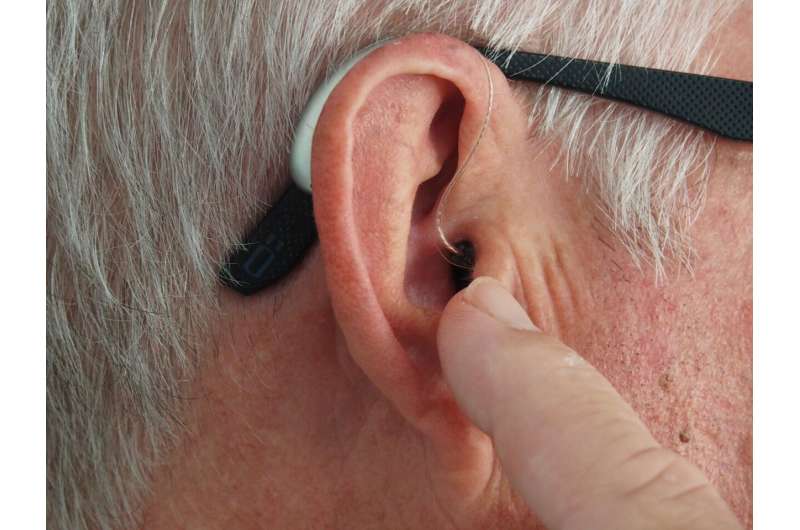Centenarian Neuroscientist Demonstrates Secrets to Lifelong Vitality through Mentorship and Connection

Discover how centenarian neuroscientist Dr. Seymour Reichlin exemplifies vibrant aging through mentorship, purpose, and social connections, offering a blueprint for healthy longevity.
A recent viewpoint article in Brain Medicine highlights the inspiring life of Dr. Seymour Reichlin, a pioneering neuroscientist who continues to thrive well into his hundred and first year. Authored by Dr. Esther Sternberg, the piece presents a detailed portrait of how Reichlin’s dedication to scientific inquiry, meaningful relationships, humor, and purposeful activity contribute significantly to his vibrant longevity.
The article sheds light on Reichlin's extensive career in neuroendocrinology and immunology, including his influential 1993 review proposing IL-6 as a key mediator in neural-immune interactions during stress. Even at 100, he remains actively engaged in research and training emerging scientists, exemplifying the notion that intellectual vitality can persist with age.
A tribute included in a special Festschrift commemorates his 100th birthday and examines factors maintaining his mental and social sharpness. Reichlin’s long-standing relationship with Dr. Sternberg, evolving from professional review to mentorship and friendship, underscores the importance of social bonds for healthy aging.
Beyond social connectivity, Reichlin’s life emphasizes the significance of maintaining purpose, curiosity, and spiritual exploration. His engagement in diverse pursuits, from scientific research to art, nurtures his resilient spirit. His sense of humor and capacity to generate joy further bolster his resilience, reinforcing research that links laughter and social bonds to cognitive health.
The article also discusses how Reichlin actively cultivates meaningful intergenerational relationships and practices deliberate effort in nurturing friendships, which align with studies showing their role in longevity. His openness to new experiences—evidenced by his recent interest in the neuroscience of spiritual phenomena—illustrates that age does not diminish curiosity.
Overall, Reichlin’s example challenges traditional views of aging, demonstrating that active engagement, social connectivity, purpose, humor, and continuous learning can promote a fulfilling and healthy lifespan. His life story provides valuable insights into the multifactorial nature of exceptional aging and highlights the individual agency in fostering well-being over the years.
Stay Updated with Mia's Feed
Get the latest health & wellness insights delivered straight to your inbox.
Related Articles
Promising Results for GLP-1 Receptor Agonists in Reducing Chronic Migraine Frequency
A pilot study reveals that GLP-1 receptor agonists, such as liraglutide, may significantly reduce the frequency of chronic migraines, offering new hope for treatment-resistant patients.
Loneliness Linked to Increased Risk of Hearing Loss: Insights from a Large UK Cohort Study
A large UK study uncovers a strong association between loneliness and increased risk of developing hearing loss, emphasizing the impact of social factors on ear health.
Progress in Developing a Next-Generation TB Vaccine Using mRNA Technology
Researchers at BIDMC have created a promising new TB vaccine using mRNA technology, showing potential to improve prevention and move into clinical trials, transforming TB control efforts.
Discovery of Specialized Lung Cells Accelerates Repair After Smoke and Virus Exposure in Mice
Scientists have identified rare lung neuroendocrine cells that trigger rapid repair after exposure to smoke and viruses, with potential implications for respiratory health and metabolic disease prevention.



